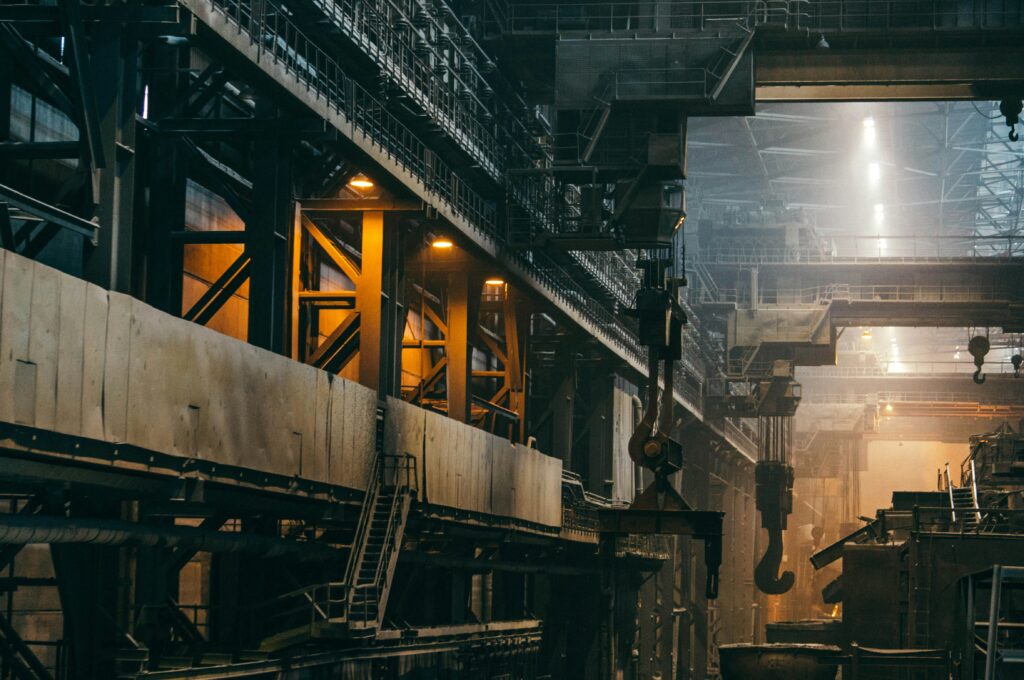Steel production causes nearly 9% of global greenhouse gas emissions. India plans to nearly double its steel output by 2030, a move that threatens both its climate targets and worldwide emission goals. This warning comes from the Global Energy Monitor (GEM), which published its latest report on Tuesday.
GEM tracks energy projects worldwide and notes that global efforts to cut steel emissions are growing. However, India’s heavy reliance on coal for steelmaking risks undermining these gains. India is the world’s second-largest steel producer, making its choices crucial to global climate progress.
India’s Steel Industry and Emissions Challenge
Currently, steelmaking accounts for 12% of India’s total greenhouse gas emissions. This share could double within five years if production targets continue as planned. India has set ambitious clean energy goals, promising 500 gigawatts of clean power capacity by 2030—enough to supply electricity to 300 million homes.
India has already surpassed 100 gigawatts of solar power installations this decade and aims for net-zero carbon emissions by 2070. This means the country plans to offset or eliminate all carbon emissions in the long term.
Despite these goals, India’s steel industry remains heavily coal-dependent. The International Energy Agency (IEA) recommends that by 2030, 37% of global steel production should use low-emission electric arc furnaces. GEM predicts the world will only reach 36%, mainly because India continues to rely on coal-based methods.
Coal Dependency Drives High Emissions in India’s Steel Sector
India plans to increase its steelmaking capacity from 200 million tonnes per year to over 330 million tonnes by 2030. GEM data shows India holds 40% of all new planned global steel capacity, with more than half using coal-heavy processes.
Henna Khadeeja, a GEM analyst, described India’s coal pipeline as “unique among major producers.” India emits 2.6 tonnes of CO₂ per tonne of steel, which is 25% higher than the global average. In contrast, China’s steel industry emits less by using more scrap-based steel and closing older coal plants.
Structural Challenges in India’s Steel Production
India’s continued use of coal for steelmaking results from several structural problems. Domestic coal is cheap and abundant. Most blast furnaces in India are relatively new and expected to operate for another 20–25 years.
India also lacks sufficient supplies of natural gas and steel scrap. Its recycling system for scrap steel remains informal and inefficient. Additionally, high-quality iron ore is difficult to source locally, adding to production challenges.
Opportunity for Cleaner Steel and Global Competitiveness
Despite these challenges, Henna Khadeeja believes India still has a chance to pivot toward cleaner steel technologies. Most of the planned steel capacity remains unbuilt, with only 8% of projects breaking ground. This delay offers a window for adopting greener methods.
Continuing to produce carbon-heavy steel risks harming India’s global trade. Although India exports a small share of its steel, markets like the European Union will soon apply carbon border adjustment taxes. These taxes penalize imports based on their carbon emissions, potentially hurting Indian steel exporters.
Easwaran Narassimhan from Sustainable Futures Collaborative urged India to act now. He advised the country to accept short-term costs to secure long-term competitiveness and sustainability.


